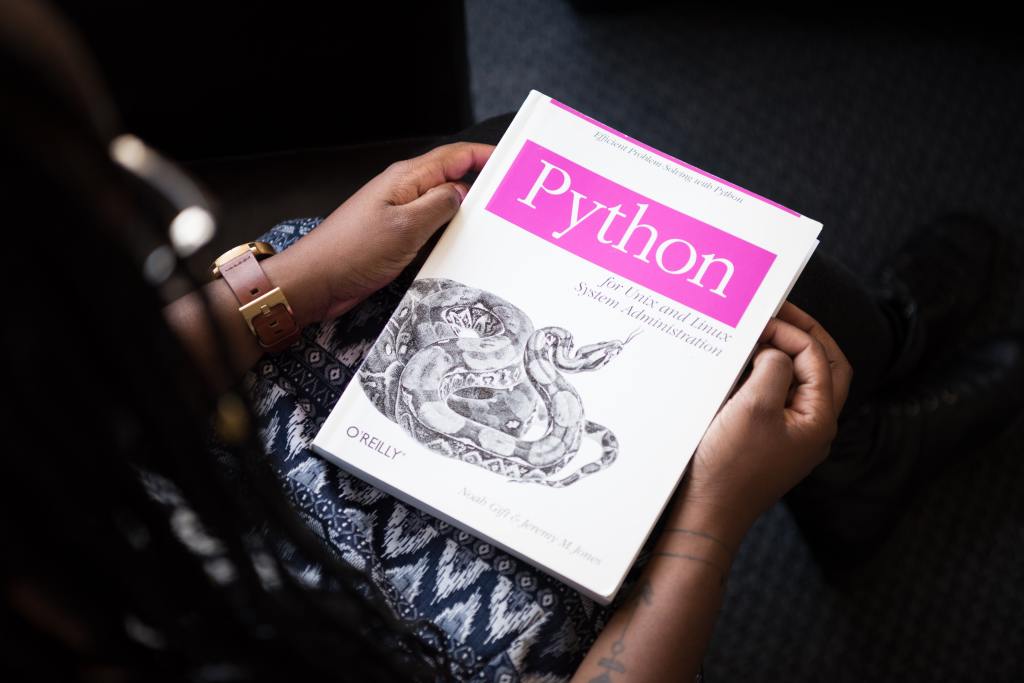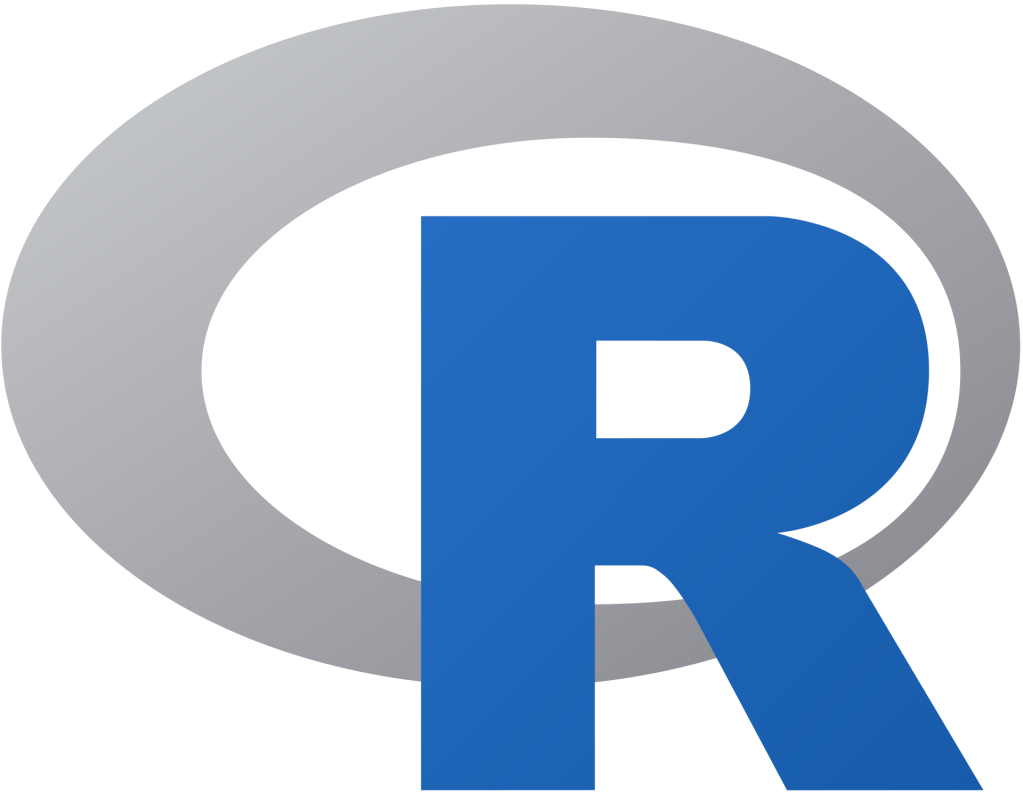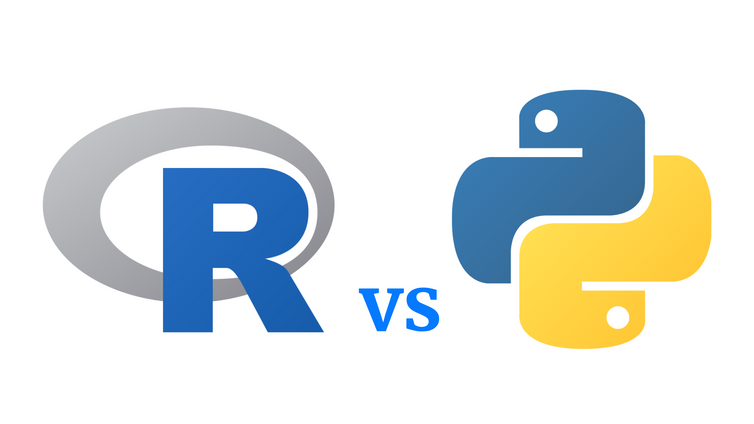These days, every industry relies on extracting insights from data to drive decisions. As a result, data scientist has become one of the hottest and most in-demand careers. But aspiring data scientists face a big question – should they learn Python or R?
Python and R are the two programming languages that dominate the field of data science. Both are open-source tools with massive communities and powerful libraries for data analysis.
Python is the more general purpose language that was originally focused on software development but has become the preferred choice for all types of data tasks. Its intuitive syntax makes Python a favorite for new programmers getting into data science.
R was designed specifically with statistics and data visualization in mind. It’s been around since the 90s but remains extremely popular in academia and certain industries like finance and insurance. R excels at statistical modeling and creating stunning data visuals.
So which one should you invest time into learning as a beginner? That’s the debate that rages on between Python and R users. They both have their pros and cons depending on what you want to accomplish. This blog post will outline the key differences, use cases, and factors to help you decide whether Python or R is a better first language to learn for data science in 2023.
Let’s dig in! By the end, you’ll have a clearer perspective on the Python vs R choice based on your own career goals and interests.
Python Pros for Data Science:

Python has become the Swiss Army knife of data science. Its versatility and simplicity make it a favorite first language for aspiring data professionals. Here are some of Python’s top advantages:
- General purpose language great for all data tasks – Python can handle everything from data cleaning and manipulation, to analysis, visualization and modeling
- Simpler syntax more friendly to new programmers – Python reads much closer to natural English with indented code blocks rather than brackets. This shallower learning curve helps beginners.
- Huge ecosystem of data science libraries like Pandas, NumPy, scikit-learn, TensorFlow – Python has a rich set of specialized libraries for data work. Pandas for data wrangling, NumPy for numerical computing, scikit-learn for machine learning, etc.
- Strong packages for data visualization like Matplotlib, Seaborn, Plotly – Python has robust tools to create engaging, interactive visuals and dashboards.
- Integrates well with other languages like SQL, Scala, Java, and Excel – Python plays nicely with other languages. You can connect Python directly to SQL databases, run it alongside Scala or Java, and even use it within Excel.
- Growing popularity means more resources and community support – Python has captured the momentum. Its widespread use translates to abundant online courses, tutorials, StackOverflow answers, and a large community.
- Has ways to improve the efficiency and speeds of processing data in Python, with Polars, DataTable, etc.
- Python has become the go-to language for general machine learning and deep learning projects, with extensive frameworks like TensorFlow, PyTorch, Keras, etc. R is less ideal for deep learning.
- Python is the preferred language for productionizing and deploying data science models at scale, with options like Flask, Django, Docker, and cloud services. R is rarely used for full-scale production deployment.
- Python has great support for collecting and processing big data, with PySpark, Dask, Pandas able to handle huge datasets. R can struggle with very large data without additional packages.
- Python is an object-oriented programming language, allowing for code reuse and abstraction. R is a functional language less suited for OOP capabilities.
- Python’s data science code can be made highly reusable and modular through functions. R tends to have longer, less modular code in a single file.
- Python has a larger variety of IDEs and notebooks like Jupyter, Colab and development environments. RStudio is the de facto for R.
- Python is used extensively in fields like data engineering, DevOps, and backend web development, allowing data scientists to collaborate. R is more isolated.
- Python has bigger corporate backing from companies investing in data science like Google, Facebook, Microsoft and is used internally. R doesn’t have the same corporate support.
The bottom line is Python provides a full-service toolkit for doing data science. You can find a Python solution for any data problem out there. And its flexibility makes it a great first programming language to learn.
R Pros for Data Science:

While Python has broader appeal, R still holds an edge in certain areas of data science. Here’s what makes R a top choice:
- Developed specifically for statistical analysis and modeling – R was created by statisticians for statisticians. It has built-in functionality for all advanced statistical tests and models.
- Ideal for academics and researchers doing heavy statistics – R is heavily used in universities, research, and publications. Scientific papers and dissertations lean on R for crunching the numbers.
- CRAN repository provides extremely rich collection of data science packages – R has the Comprehensive R Archive Network (CRAN), a library of over 16,000 community-contributed data science packages.
- Excellent for complex data visualizations and graphics – R’s visualization packages like ggplot2 produce publication-ready graphs and charts tailored for data analysis.
- Leading environment for machine learning research – R remains popular in machine learning circles, especially for developing new techniques and algorithms.
- Wide adoption in fields like finance, insurance, pharmaceuticals – Due to its statistical roots, R sees heavy industry use in finance, actuarial science, clinical trials, and more.
- R has over 16,000 packages for data science and statistics on CRAN, the most comprehensive library of tools for specialized data tasks. Python’s packages are more scattered.
- R has outstanding capabilities for working with time series data, with packages like zoo, xts, and forecast. Python’s time series support is not as developed.
- R has packages like Shiny, RMarkdown, and RNotebooks that allow creating interactive reports and dashboards right from R. Python relies on separate BI tools.
- R has long been the standard in academia for research and publication, making it better suited for cutting edge techniques developed in universities.
- R’s tidyverse set of packages provide an extremely intuitive workflow for data analysis with consistent syntax. Python’s data analysis involves stitching together different libraries.
- R has more statistical rigor out of the box, with well-tested statistical methods built into base R and packages. Python requires validating statistical accuracy.
- R’s data visualization capabilities for custom plots, graphs and interactive visuals via ggplot2, lattice, shiny, etc are unparalleled.
- R has outstanding packages for statistical model building like rsvm for SVMs, rpart for decision trees, and much more with consistent APIs.
- R has an advantage for analytics requiring access to legacy code and proprietary algorithms sometimes only available in R.
- R’s built-in functionality for accessing and processing database tables, CSV/Excel files, APIs, web data etc makes data ingestion easier.
While not as beginner-friendly as Python, R offers the depth required for advanced analytics. It has withstood the test of time as a leading data science language, especially for number-crunching statisticians.

Key Differences:
Python and R have their own distinct strengths and weaknesses that set them apart:
- Python general purpose vs R more niche – Python is a multipurpose language used across industries, while R has a more specialized data science audience.
- Python’s syntax vs R code readability – Python uses whitespace indentation that makes code readable but can cause issues. R’s bracket syntax is dense but avoids indentation bugs.
- Python fastest growing vs R still strong – Python is gaining popularity rapidly across all domains including data science. R remains stable but not accelerating as quickly.
- Python fully open source, R has some proprietary elements – Python is 100% open source software maintained by a large community. Some R components like Rho are proprietary products.
- Python better for building end-to-end analytics applications – Python’s versatility makes it suited for full enterprise analytics apps that handle data ingestion, processing, model building, and app deployment. R focuses on modeling.
- Python has more career opportunities – Given Python’s explosive growth, it currently has more job openings and career prospects across industries. R jobs are more specialized.
- Python code tends to be more modular, reusable, and object-oriented, while R code tends to be longer scripts focused on statistics.
- Python has dynamic typing so variables can change types, while R uses static typing so variables have fixed types.
- Python is better for building full end-to-end data pipelines and workflows. R requires other languages to productionize models.
- Python has greater capabilities for data engineering tasks like ETL, APIs, production systems. R focuses solely on analytics.
- Python is more scalable for big data using frameworks like Spark. R can run into memory limitations with huge datasets.
- Python has robust automation capabilities using CI/CD tools like Jenkins. Automation in R is more challenging.
- Python has broader applications in web development, APIs, infrastructure automation, and more. R is relatively niche in analytics.
- Python is used at tech giants like Google, Facebook, Netflix for production systems. R is less common in big tech.
- Python is good for quickly getting started with machine learning using scikit-learn. R’s machine learning capabilities are less unified.
- Python appeals to software engineers transitioning into data science. R appeals to statisticians and academics.
- Python is more business-focused and applies analytics. R is more research-focused and develops new techniques.
Both languages have their advantages. Python leans towards beginner-friendliness and versatility. R provides deep statistical capabilities but can have a steeper initial learning curve.
Now, back to what the title asks, which one would I recommend? Well, to be honest if you really want to be well versed in data science, I would recommend gaining familiarity with both Python and R.
However, for a first language to focus on learning, Python generally has the edge for a few reasons:
- Python is more beginner friendly with its straightforward syntax and shallower learning curve. R has a steeper initial curve.
- Python is an extremely versatile, multi-purpose language useful for many areas beyond data science like web development and automation. Learning Python gives you broad transferable skills.
- Python currently has greater demand and career opportunities as a leading language in software engineering roles too. R skills are more niche.
- Python has an abundance of high-quality online courses, tutorials, and content that make it easy to pick up Python skills quickly. R has fewer structured learning resources.
- Python allows you to build complete end-to-end data solutions encompassing data engineering, machine learning, and production deployment. R only focuses on a portion of the data science workflow.
So in summary, while R may be preferable if you’re specifically interested in statistical analysis and modeling, Python is likely the best starting point for most aspiring data scientists and analysts. Learn Python first to gain an adaptable set of data skills applicable across industries.



Leave a comment